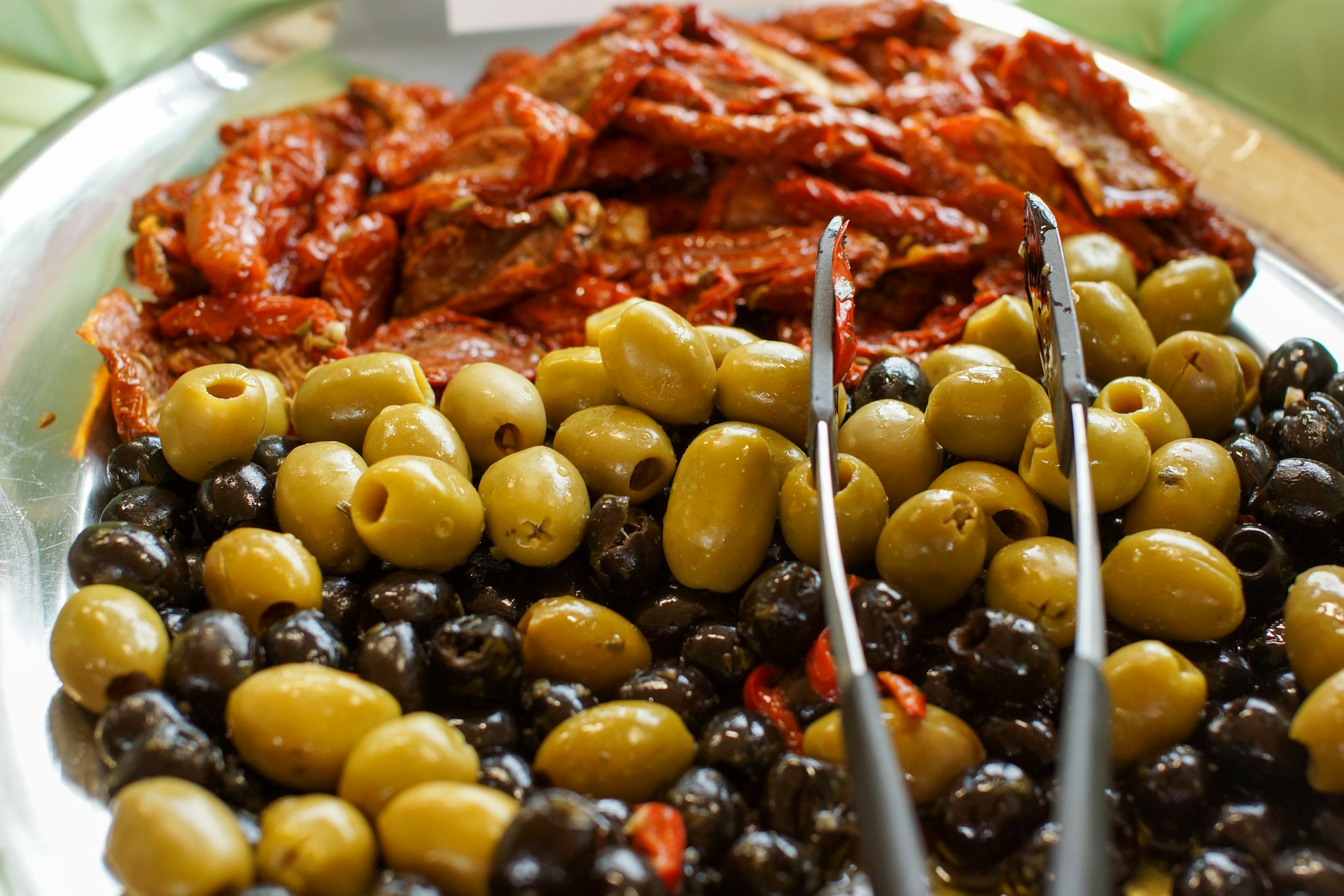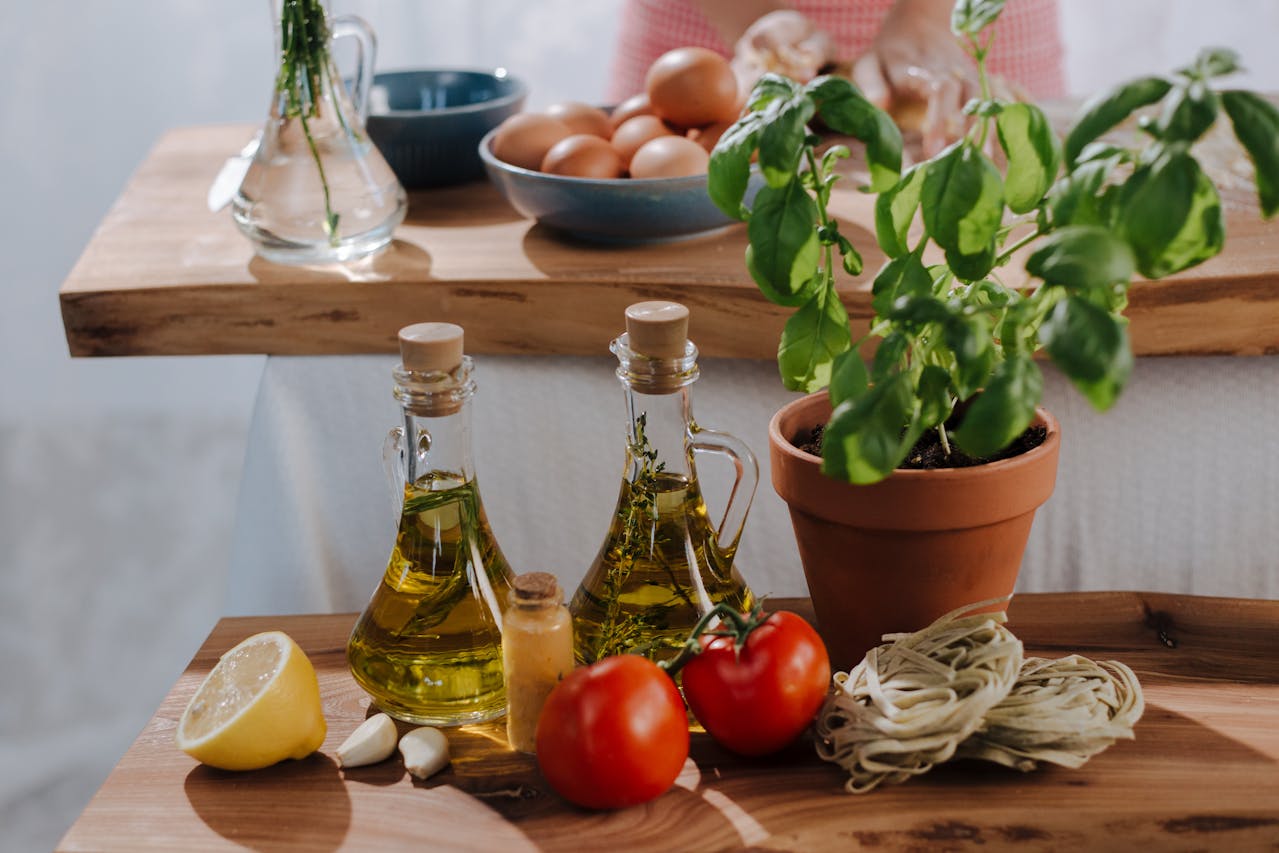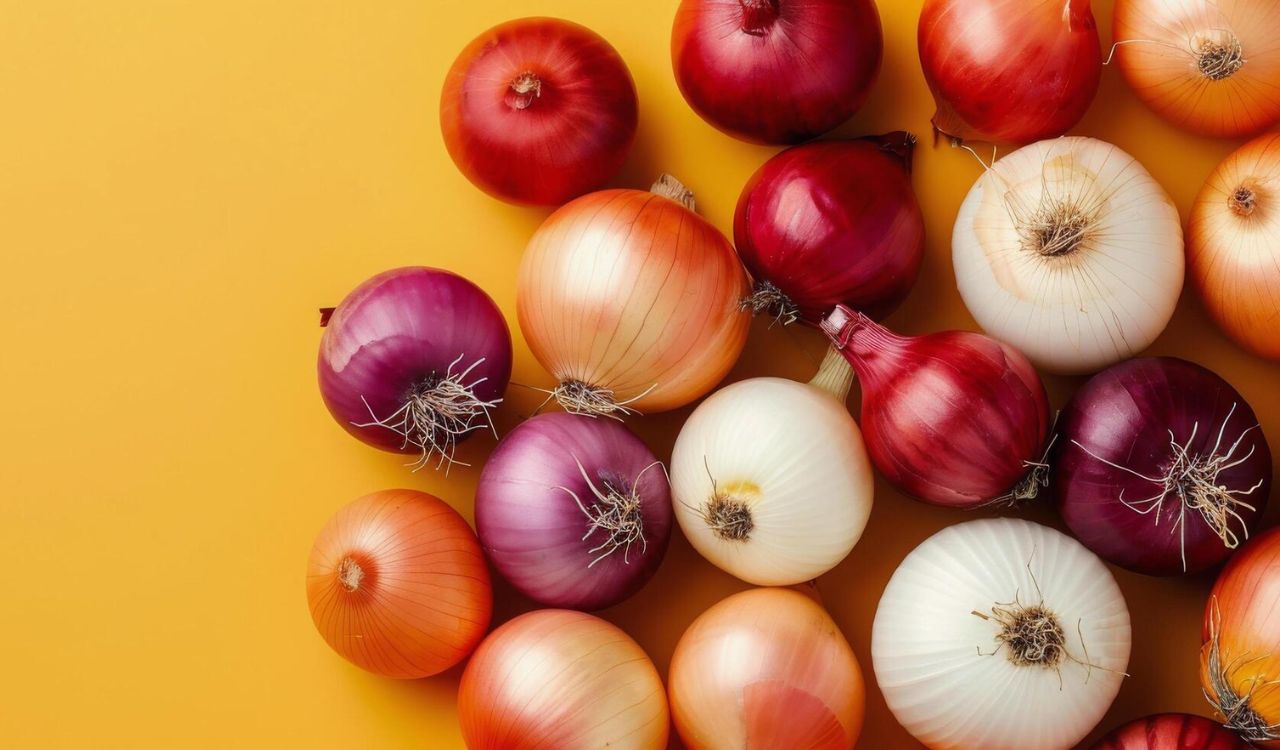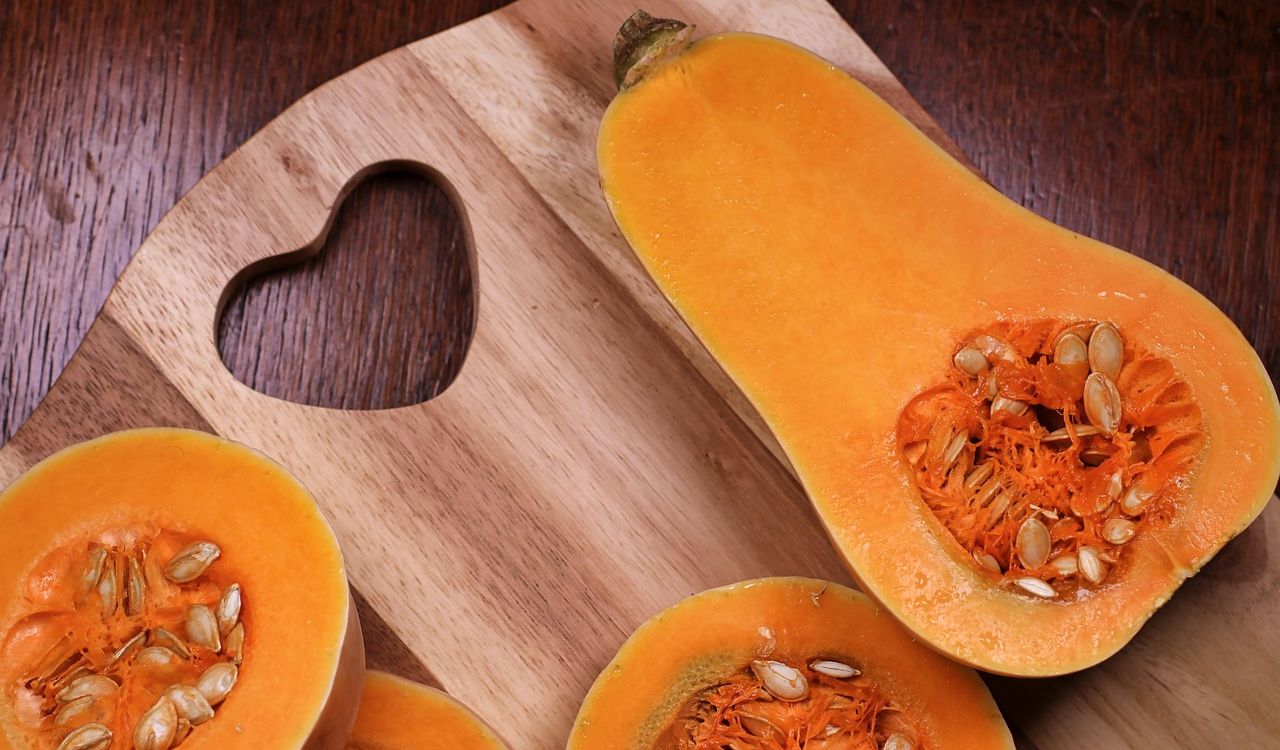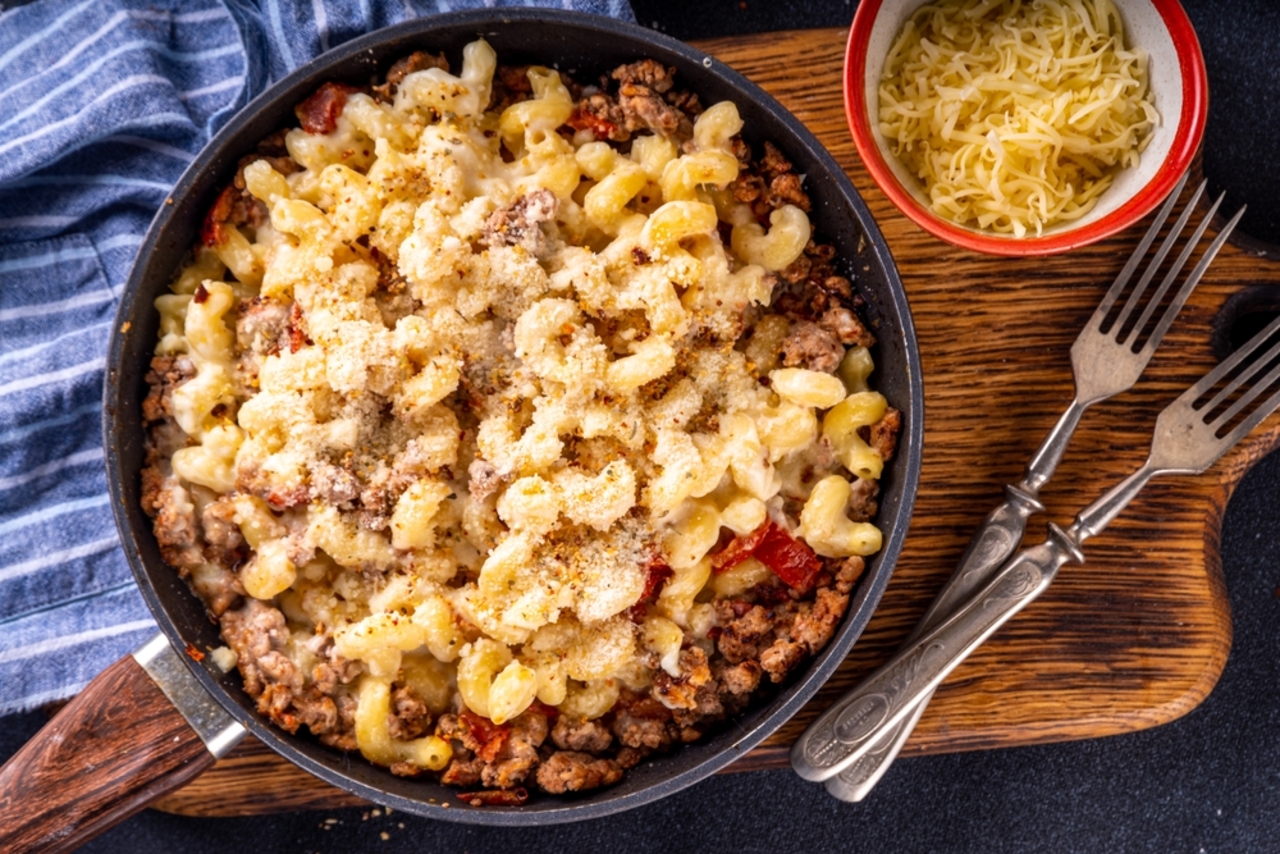8 Kitchen Design Trends Experts Say Will Disappear by 2030
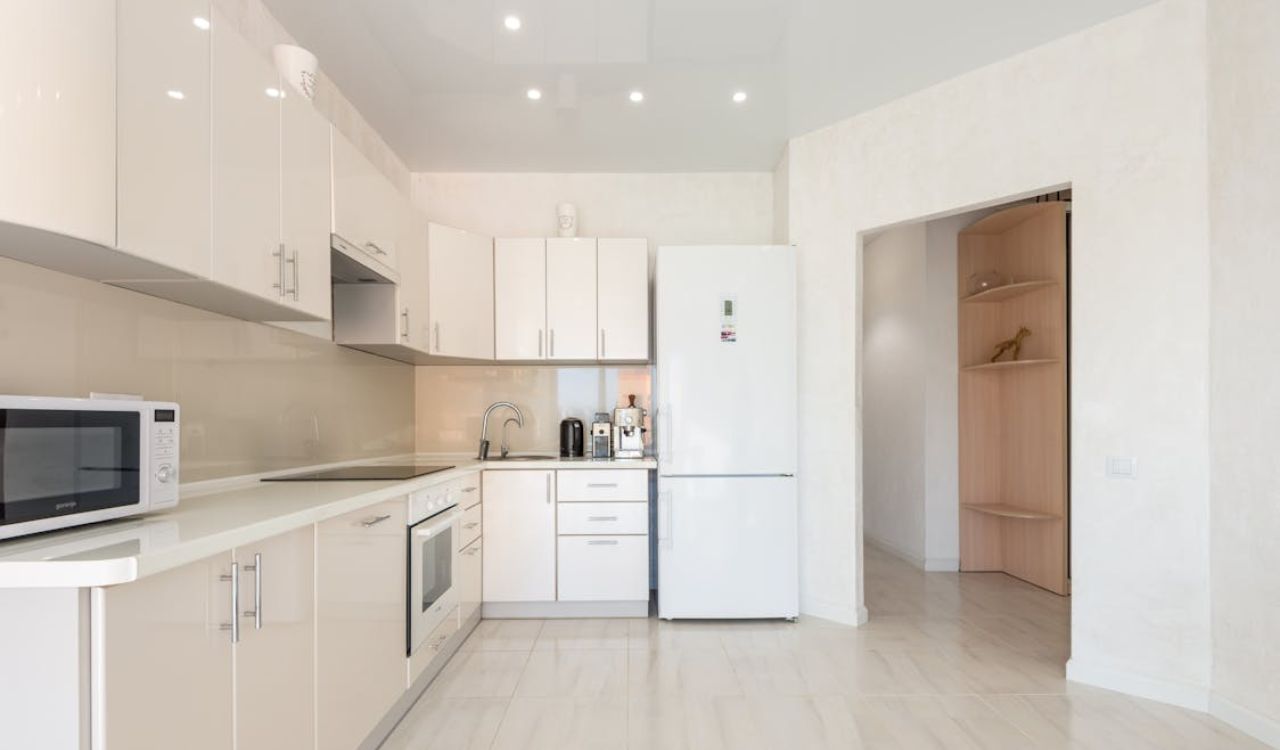
Kitchen design evolves quickly, and what feels modern now might look outdated in just a few years. By 2030, homeowners will likely favor natural textures, warm tones, and sustainable materials over high-gloss finishes and minimalist extremes. Designers agree that practicality and comfort are taking priority over cold, showroom-like spaces. From all-white kitchens to heavy industrial looks, several once-popular trends are already losing steam. Here are eight kitchen design styles that experts predict will fade away before the decade ends.
1. All-White Kitchens

Once considered timeless, all-white kitchens are starting to feel overly sterile. Designers predict that pure white cabinetry and countertops will give way to warmer tones, textured finishes, and layered materials. Homeowners are embracing natural wood accents, soft neutrals, and earthy undertones that bring warmth and contrast. While white elements will always have a place, future kitchens will mix colors and materials to create depth and personality. By 2030, crisp all-white spaces will likely feel more dated than daring.
2. High-Gloss Finishes
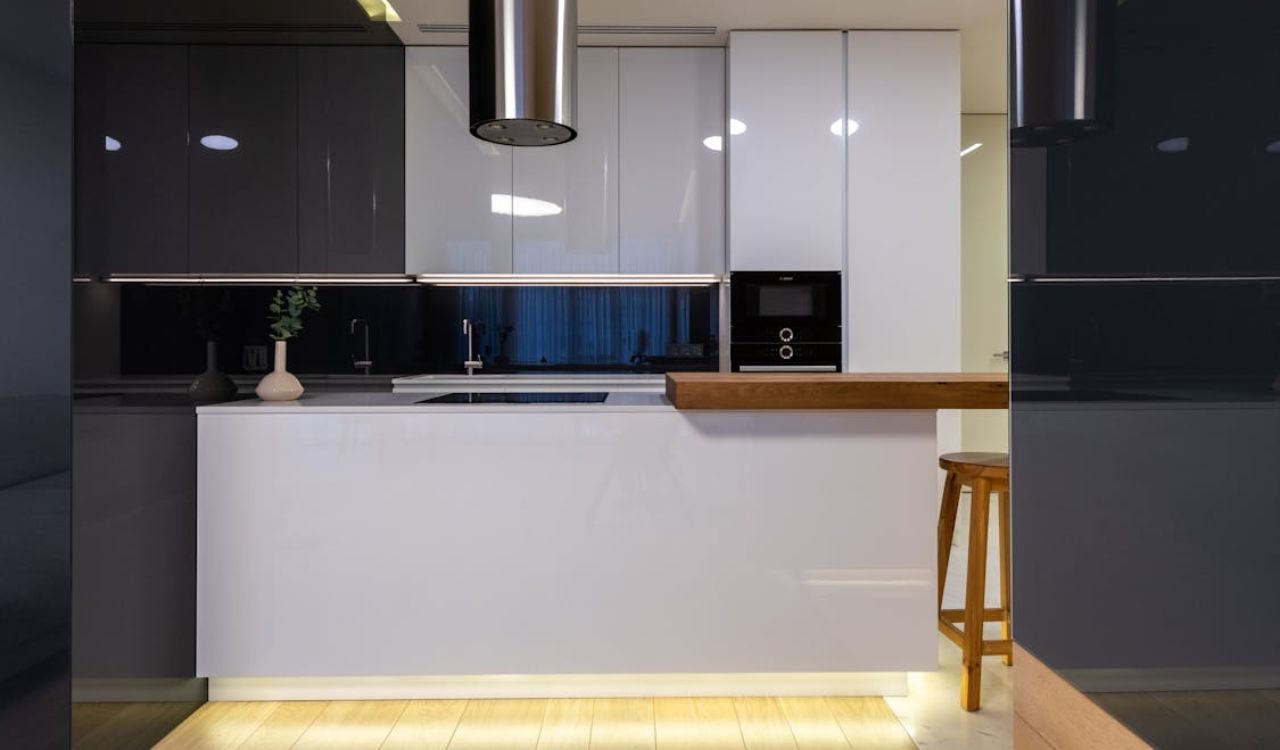
Shiny cabinets and reflective countertops once symbolized luxury but are quickly falling out of favor. Glossy surfaces show fingerprints and scratches, making them high-maintenance for busy homes. Designers note a clear shift toward matte, brushed, and satin finishes that are easier to maintain and more natural-looking. These textures pair beautifully with soft lighting and organic materials such as stone or wood. By 2030, expect kitchens to favor understated elegance over shine, offering a cozier, more approachable feel.
3. Open Shelving
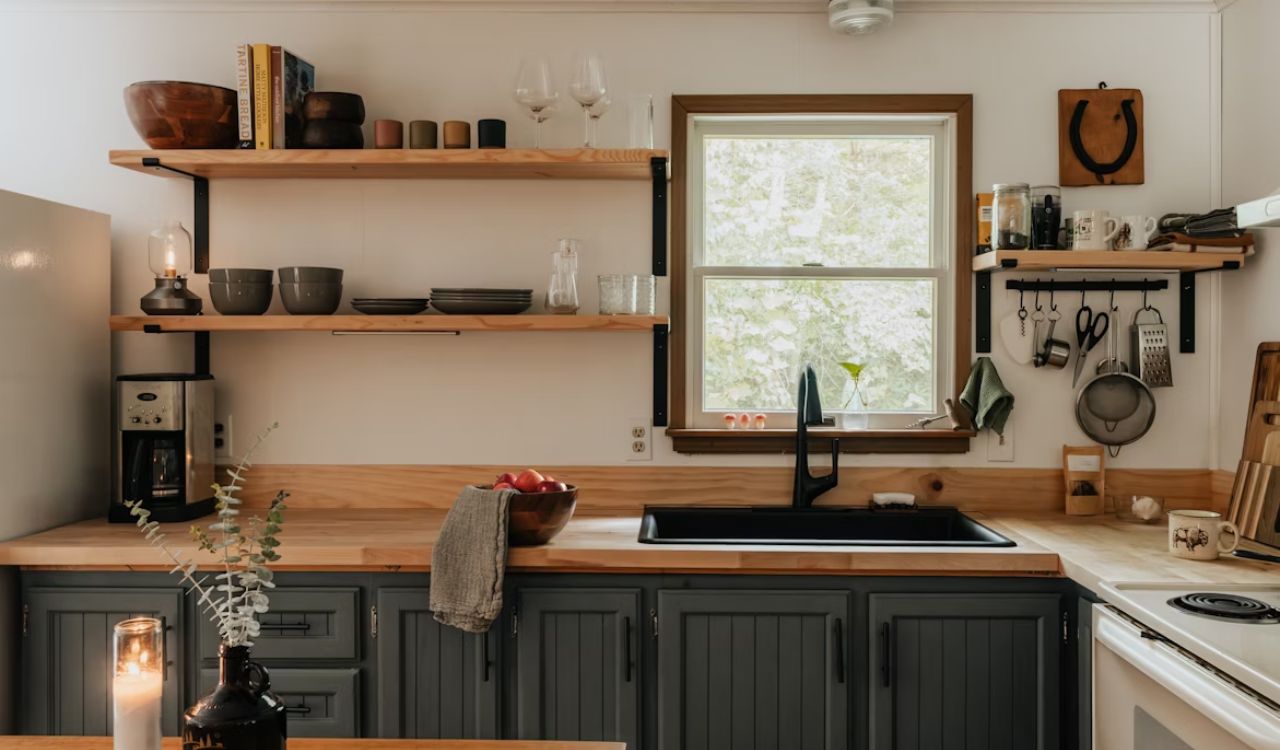
Open shelving had its moment as a minimalist trend, but practicality is bringing it to an end. Keeping shelves organized and dust-free can be time-consuming, and most homeowners prefer hidden storage that keeps counters clutter-free. Future designs will focus on closed cabinetry with built-in organization systems and concealed drawers. While a few open shelves may remain for décor or easy access, entire walls of exposed shelving will become rare. Functionality and simplicity are taking priority over constant styling.
4. Overly Industrial Designs
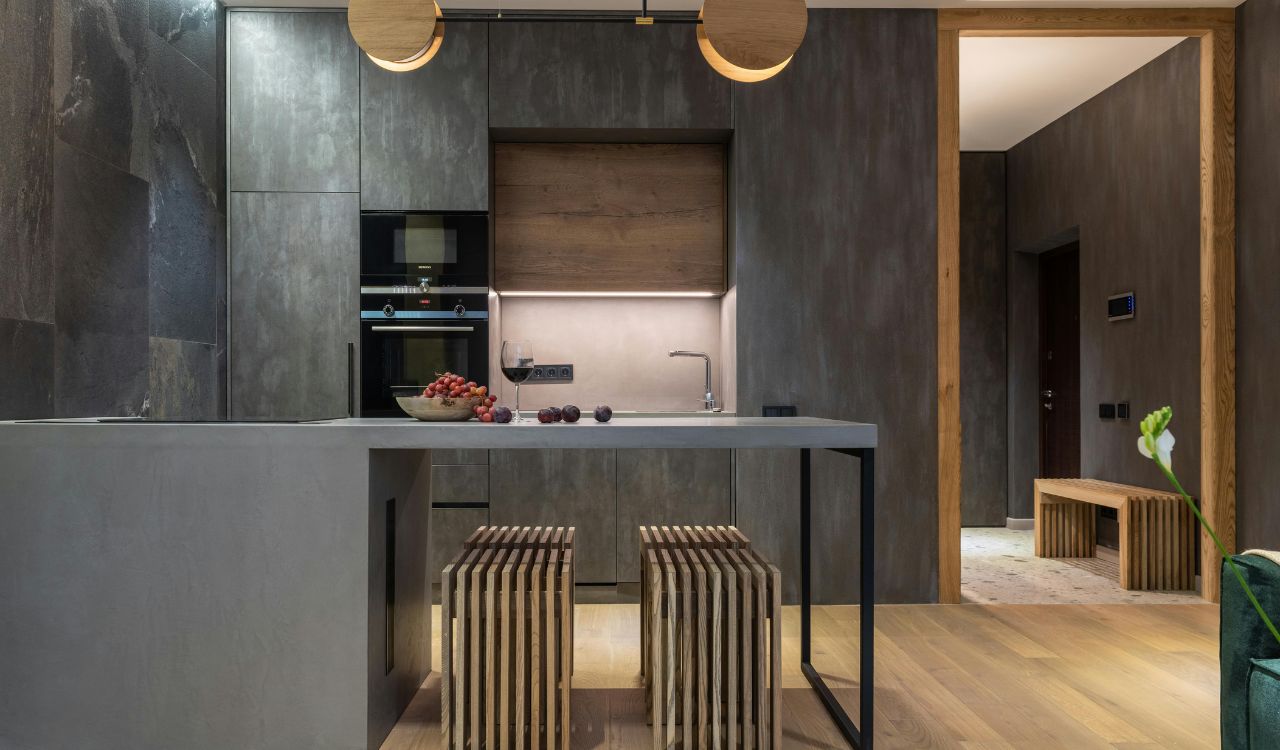
The industrial kitchen trend, with exposed brick, concrete, and steel, once represented modern urban living. However, the look can feel cold and impersonal. Designers are replacing harsh metals and dark tones with natural textures and warmer materials such as wood, stone, and clay. The goal is to maintain functionality while softening the atmosphere. Industrial accents like metal stools or pendant lights may remain, but the full factory-inspired aesthetic will fade. By 2030, cozy and earthy will replace cold and mechanical.
5. Granite Countertops
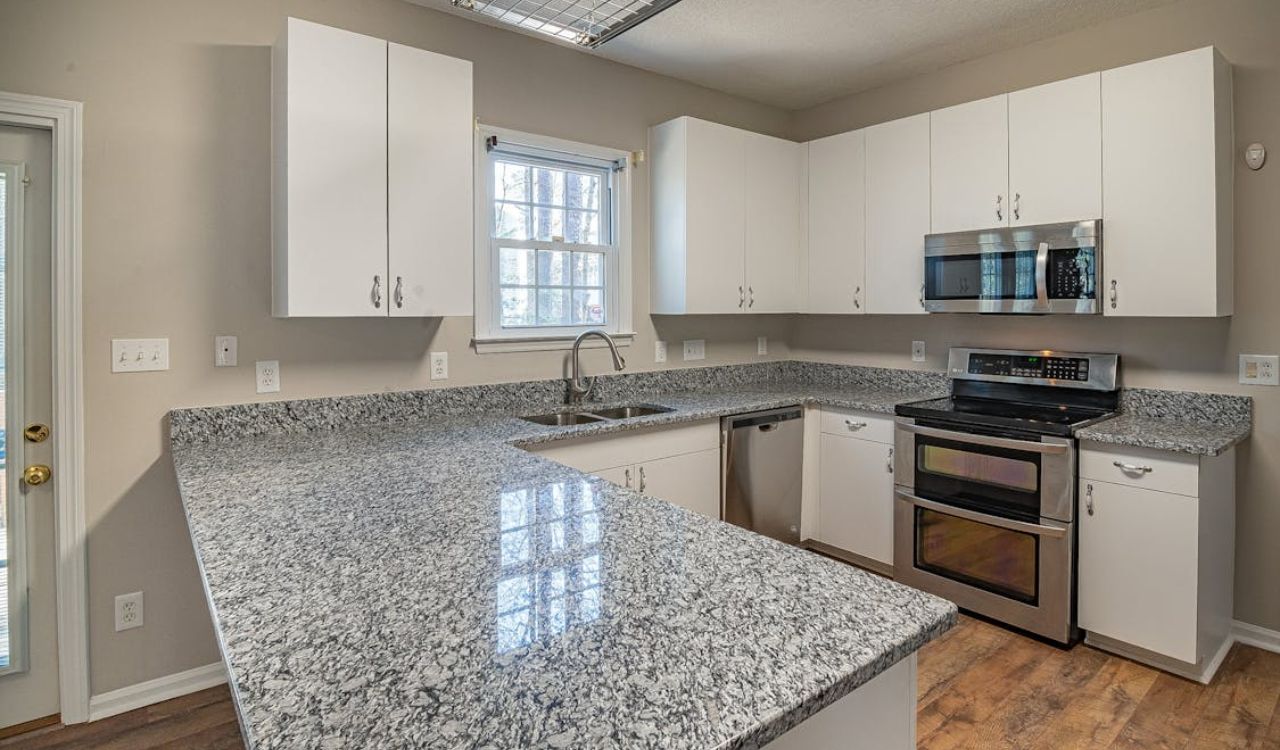
Granite, once the ultimate status symbol, is no longer the top choice for modern kitchens. Its heavy veining and speckled patterns are being replaced by more refined, low-maintenance surfaces such as quartz, porcelain, and recycled composites. These materials offer a cleaner appearance, greater color options, and better resistance to staining. Sustainability is also driving change, with homeowners preferring eco-friendly options. By 2030, granite will remain available but will likely be seen as a dated and high-maintenance choice.
6. Matching Appliance Suites
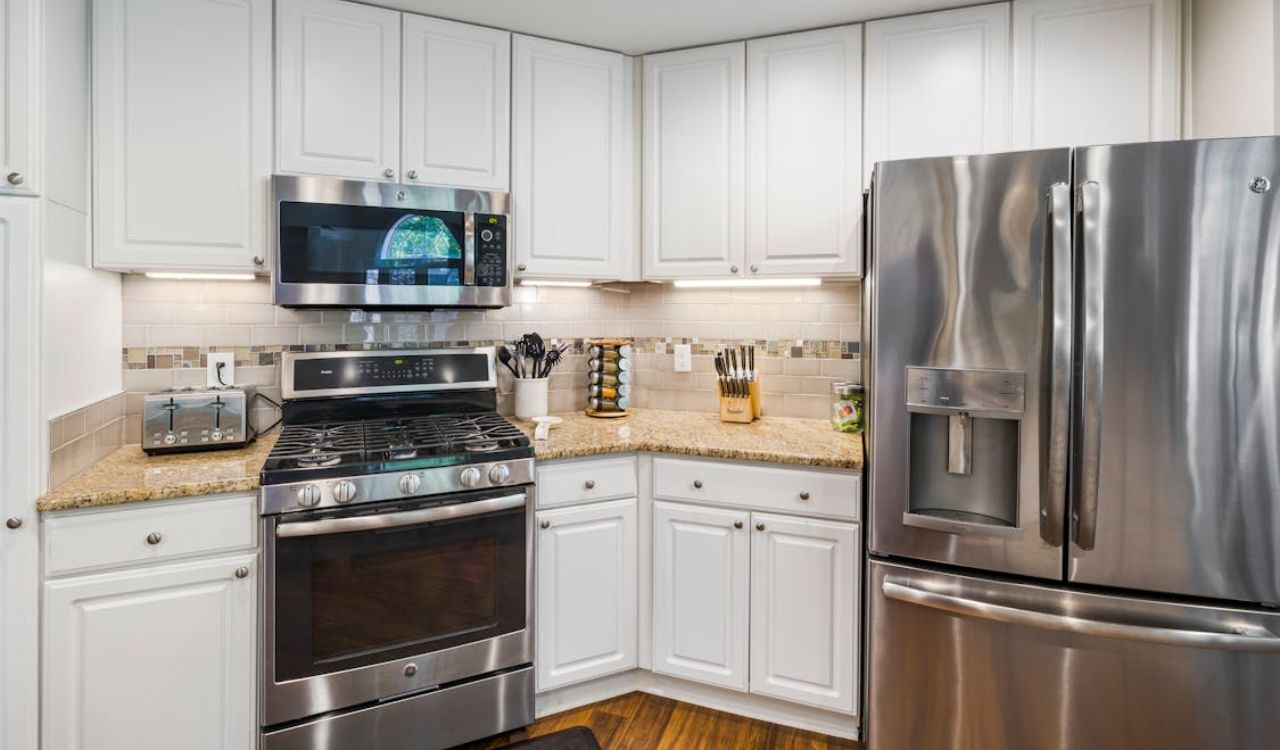
Perfectly matching stainless-steel appliance sets are giving way to more personalized combinations. Designers say homeowners increasingly mix finishes, colors, and brands for a curated look. Panel-ready appliances that blend seamlessly with cabinetry are also on the rise. This shift reflects a broader move toward subtlety and integration rather than uniformity. The future kitchen will prioritize harmony and individuality over perfectly coordinated sets. By 2030, visible appliance lines will be less common, replaced by a more customized approach.
7. Oversized Kitchen Islands
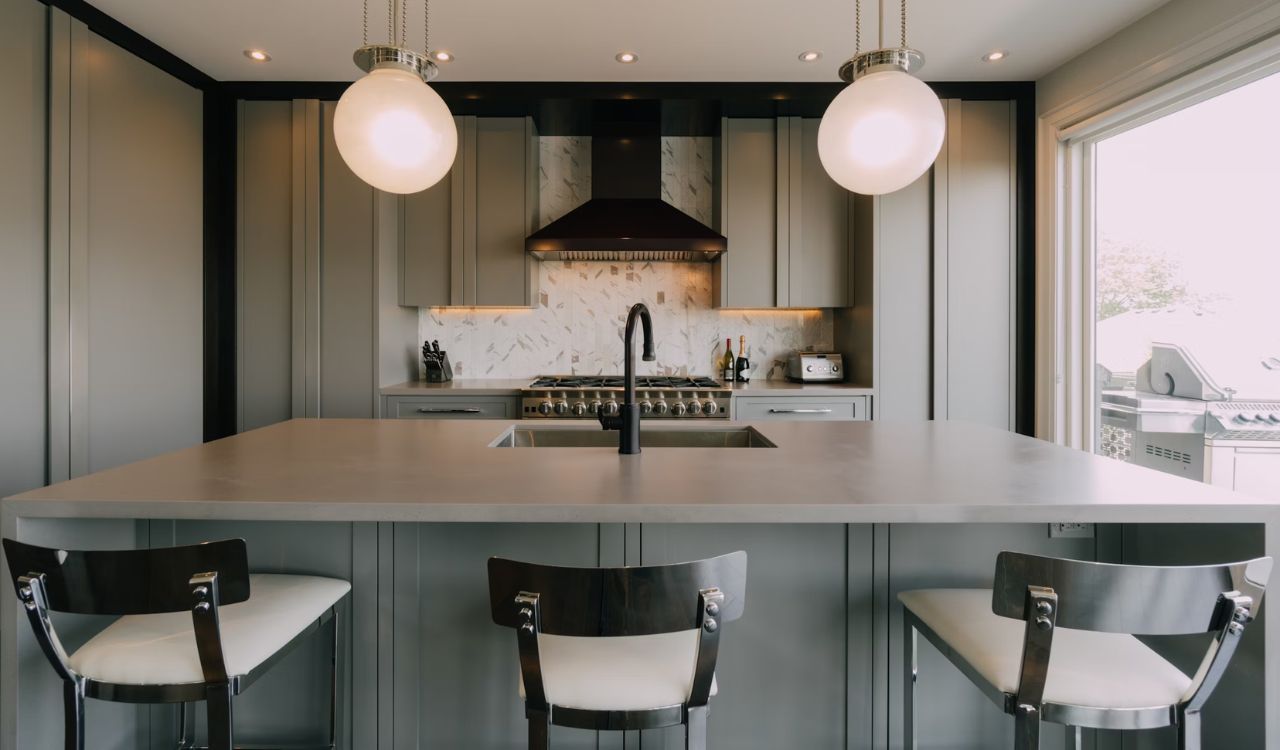
While large kitchen islands once defined open-concept layouts, they are becoming less practical. Oversized islands often dominate the room and restrict movement. The next wave of kitchen design focuses on proportion and flexibility. Compact islands with smart storage, pull-out seating, or modular extensions are replacing massive centerpieces. Designers predict that multifunctionality will matter more than size, especially in smaller homes. By 2030, expect to see islands designed for adaptability and everyday use rather than grand displays.
8. All-Gray Color Schemes

Gray kitchens were once the hallmark of sophistication, but the trend has reached its peak. The cool tones can make spaces feel flat, especially in rooms lacking natural light. Designers are now leaning toward warmer neutrals, earthy greens, and soft taupes that create comfort and depth. Gray may still appear as an accent, but it will no longer dominate kitchen palettes. By 2030, color will return in subtle, organic ways, bringing kitchens back to life with natural warmth and balance.


